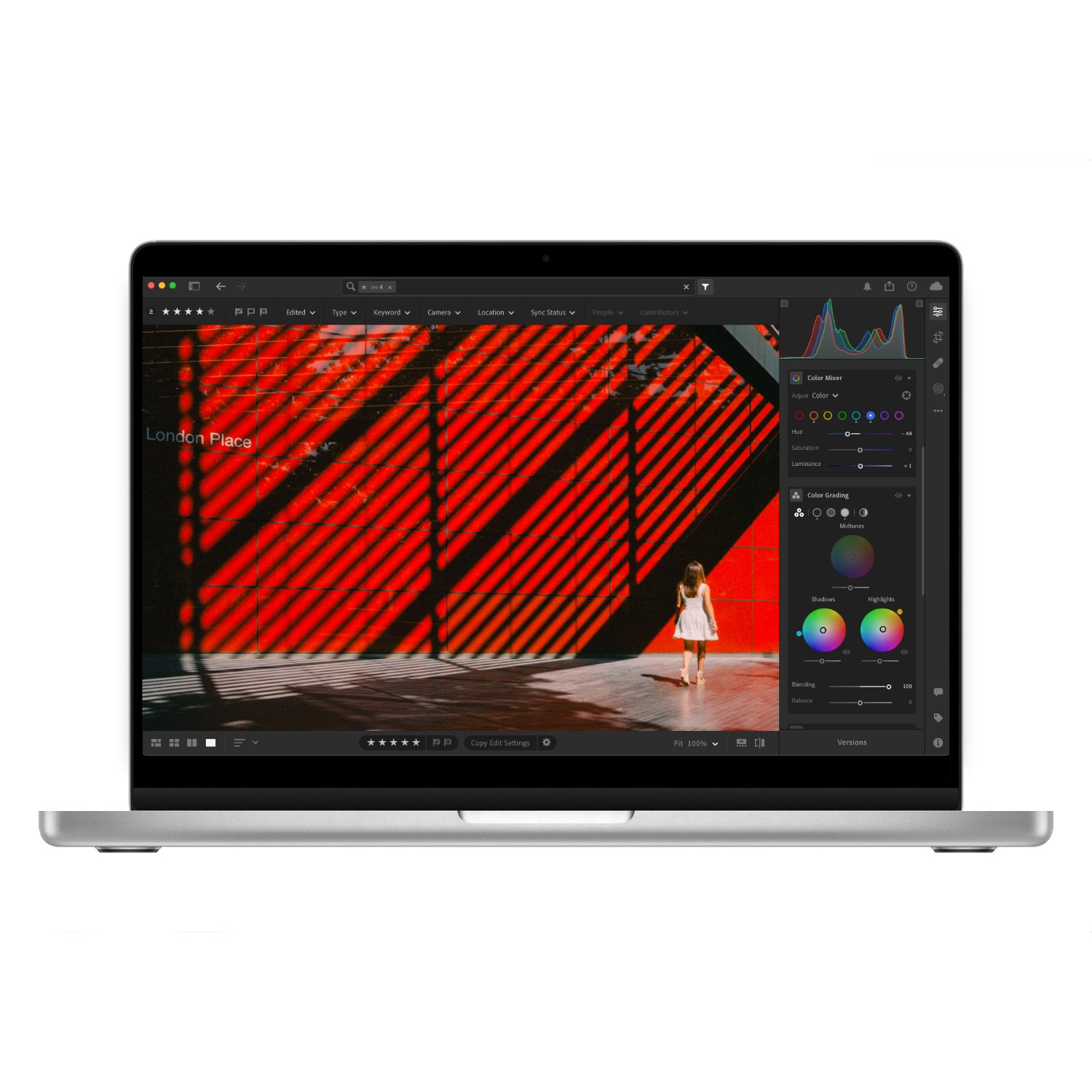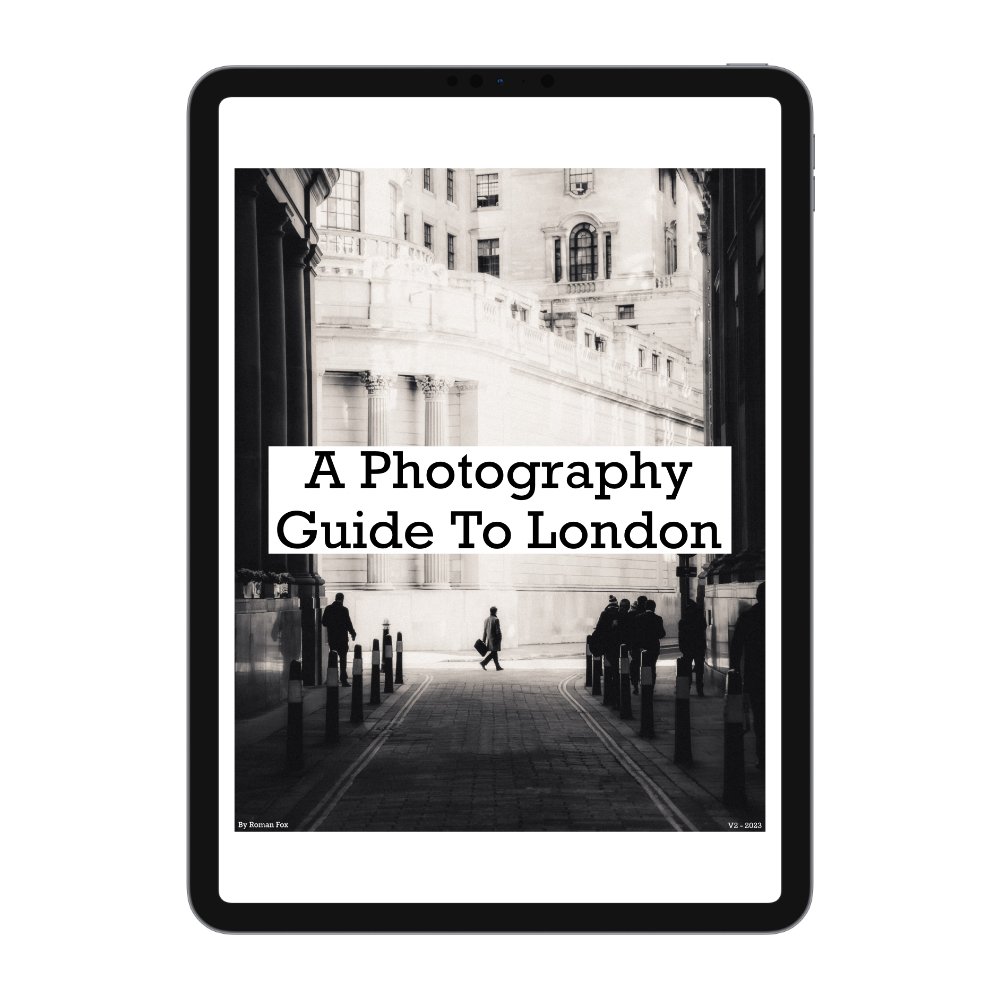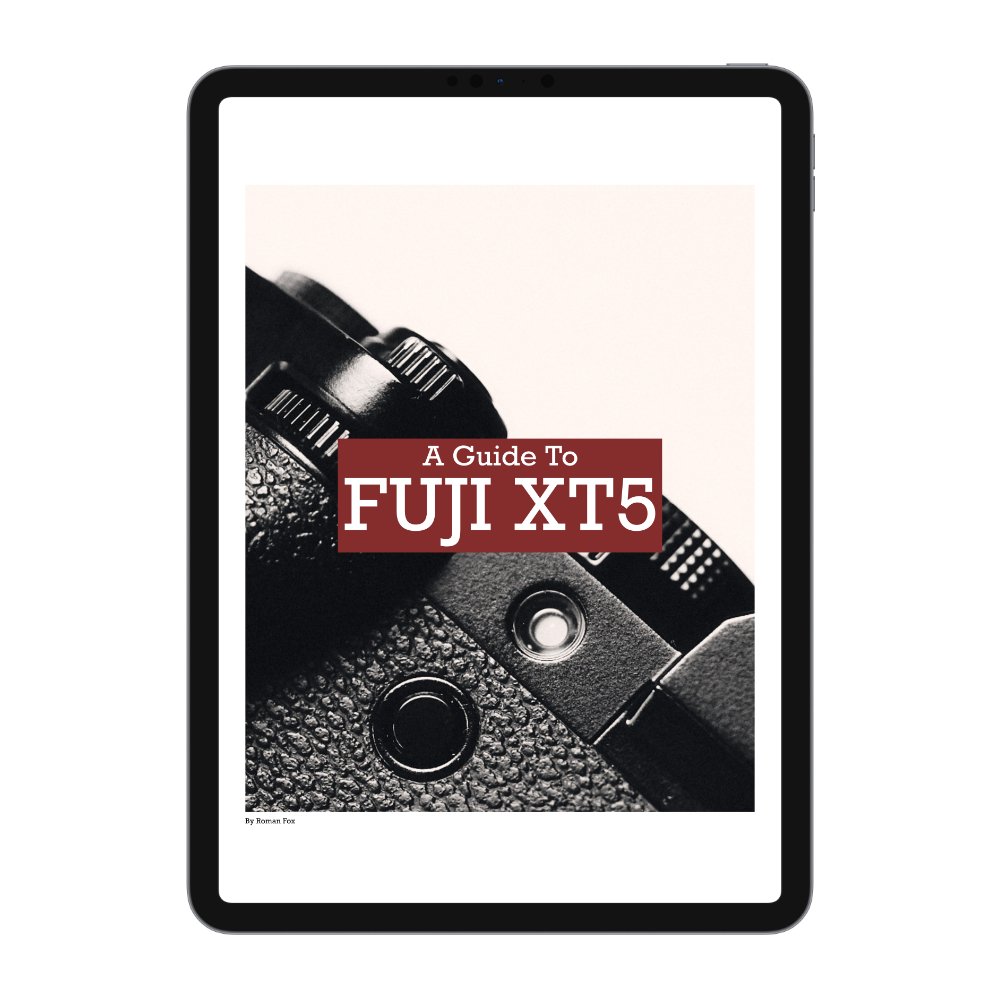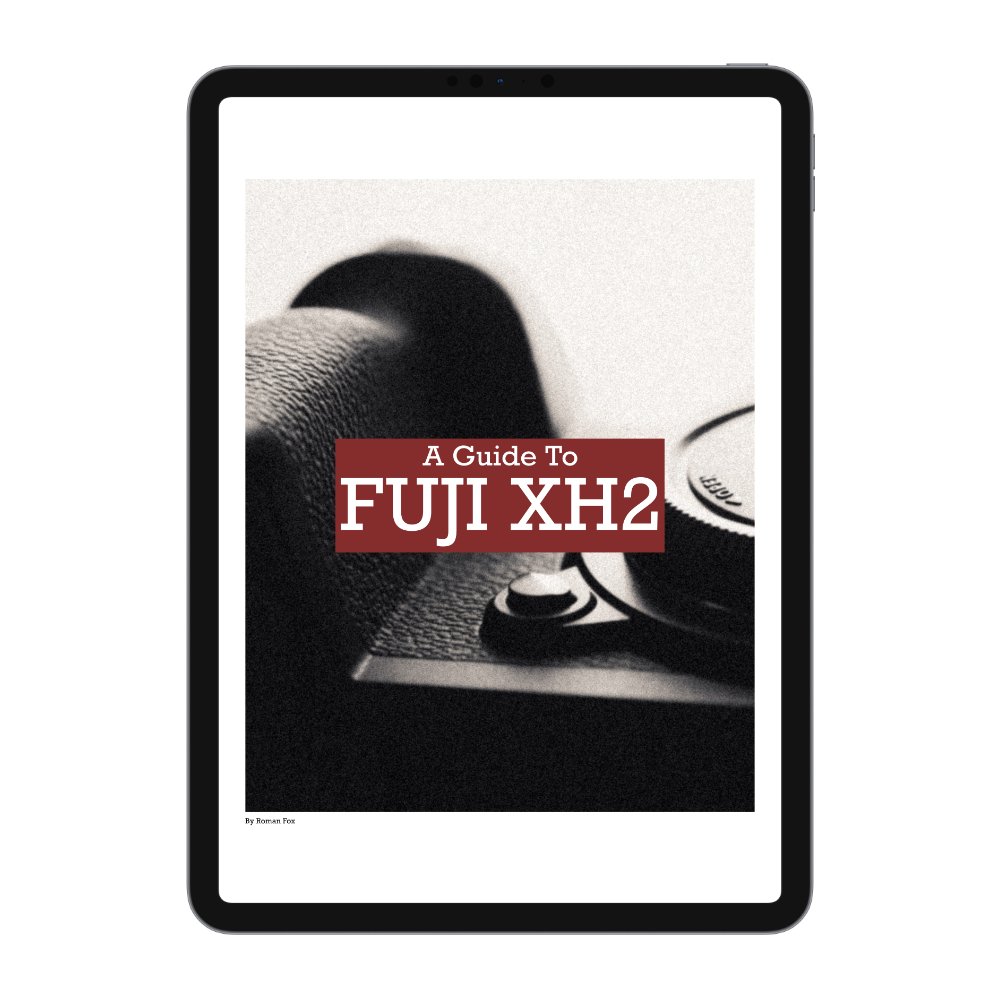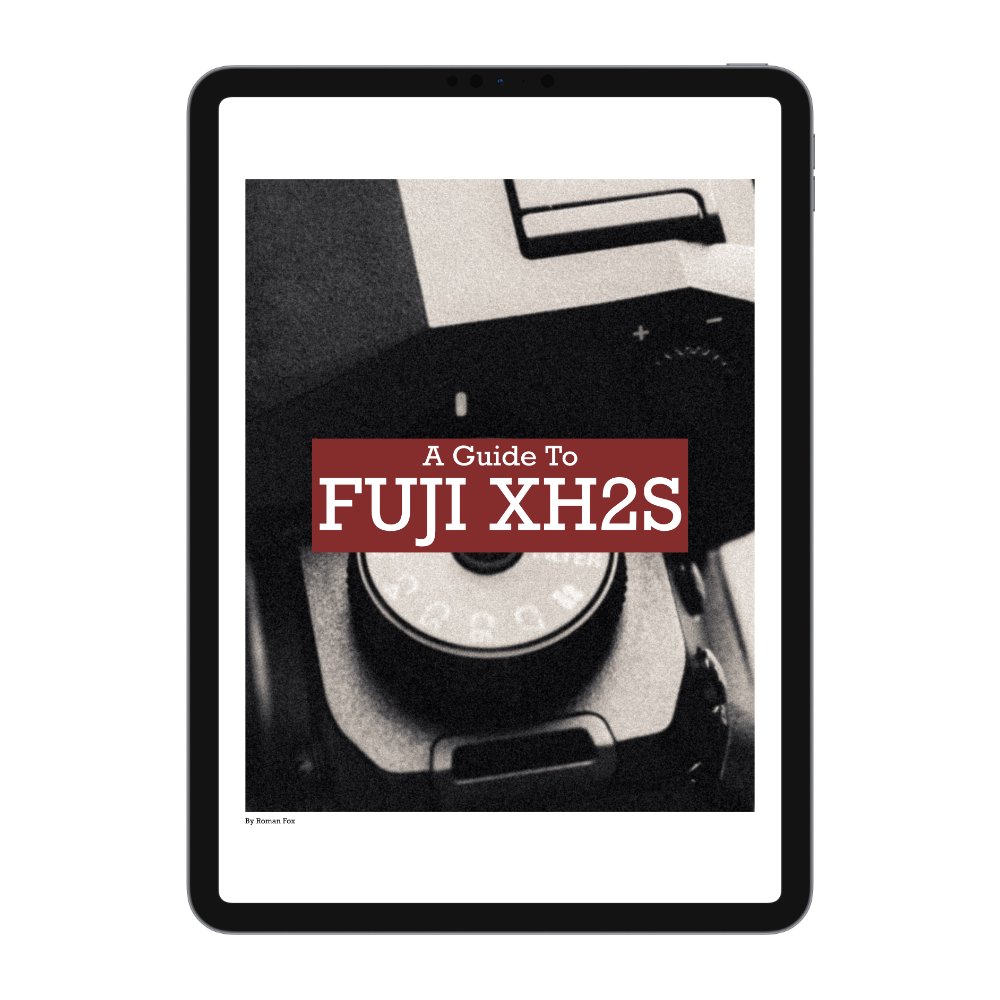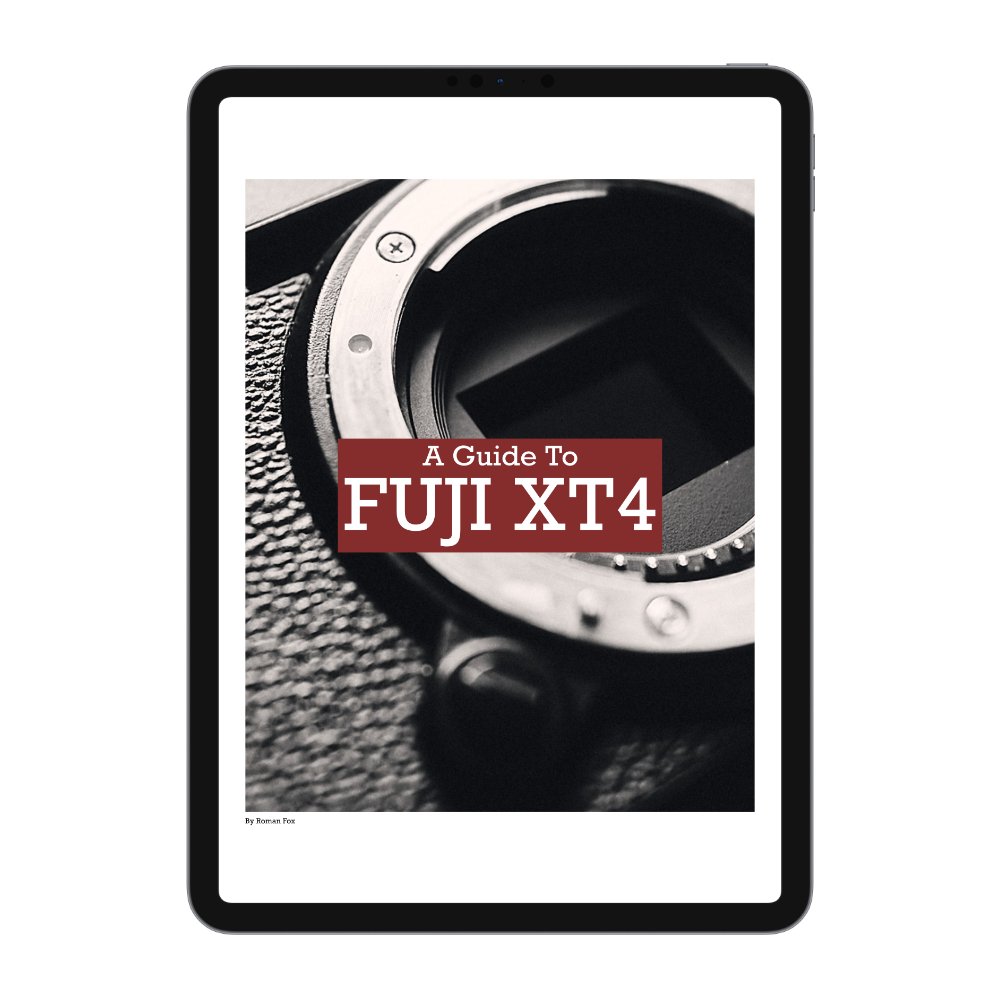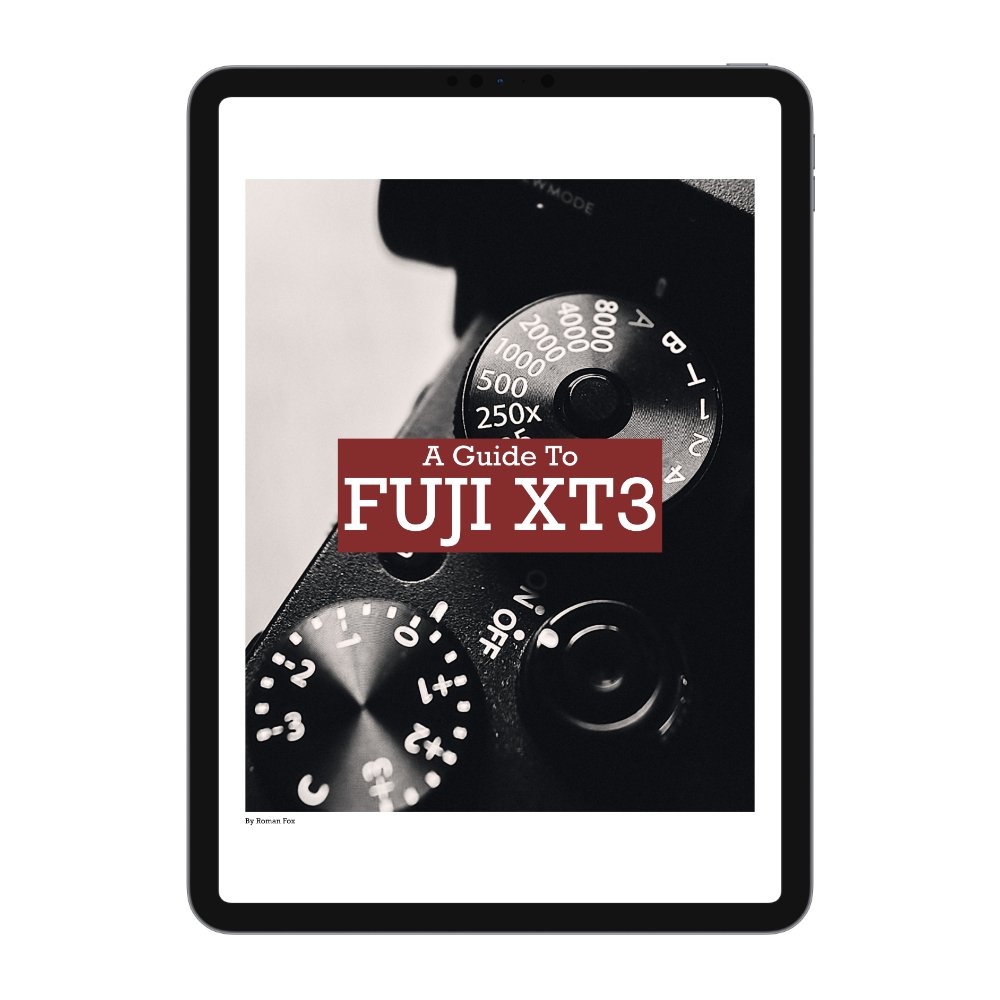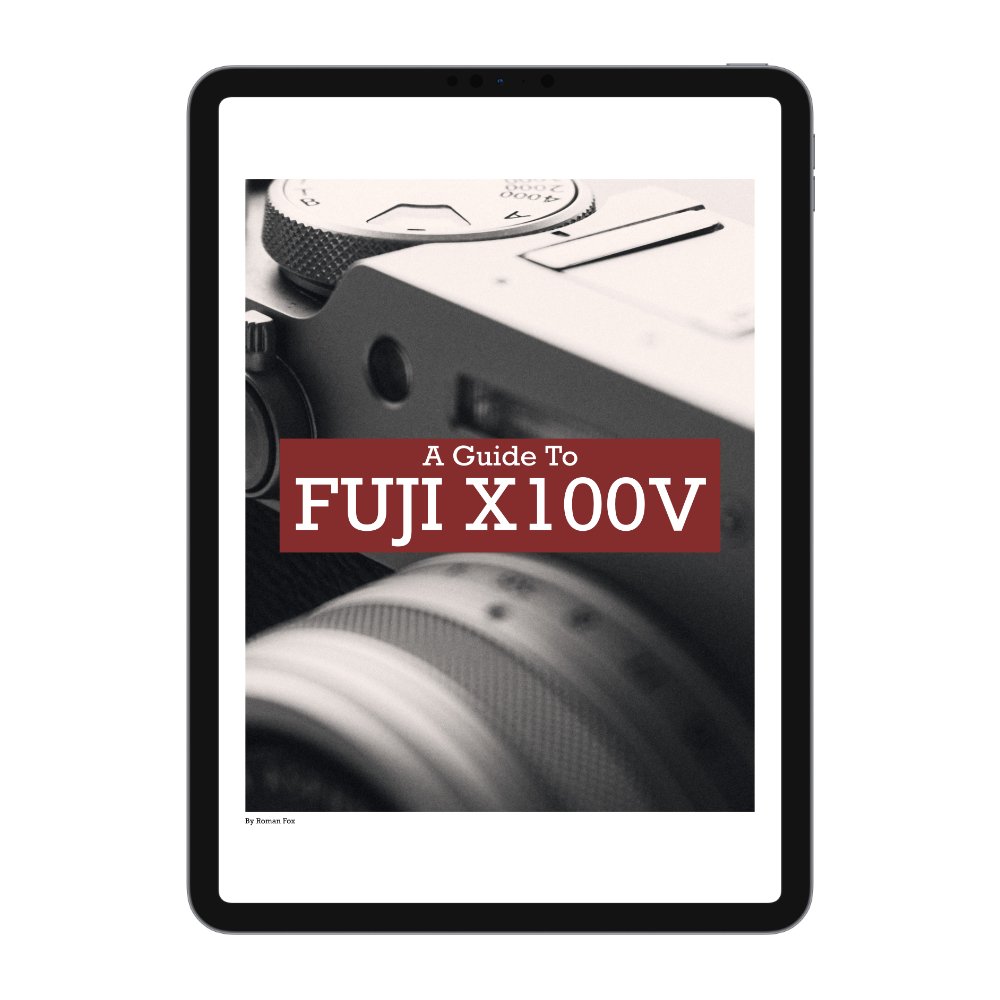Camera Gear Beginners Don’t Need
In this blog I will share 7 pieces of camera gear that I think most beginners don’t need. If you open YouTube today you will be flooded with videos from content creators suggesting you need all this equipment to take great photos. You’ve seen titles such as ‘5 Reasons Why YOU NEED an f1.2 Lens’. The issue with these videos is they give beginners the impression that gear is a shortcut to becoming better and while in some cases gear does allow you to progress, it’s a tiny fraction of the puzzle. The reason I’m writing this blog is because I’ve been there, wasted my money, smashed my head against a brick wall and only then learned my lesson. Finally please keep in mind that what I’m sharing applies to the average hobby photographer who likes to take photos of their life, travels and for fun.
Full Frame Cameras
I think this is now starting to subside but I remember a time where every teal & orange enthusiast was pushing a Sony full frame camera as if it’s some holy grail to unlock your full potential. In some specific cases full frame cameras make sense however for most people they are simply unnecessary and if anything will hinder and not help. There are only 4 scenarios where having a fancy full frame camera makes sense. If you love low light photography, having a larger sensor will help. If you want to shoot weddings, events, product or any other paid work, full frame systems make more sense. If you need the best technology for your wildlife and sports photography, you will most likely find it in a full frame system. Finally if you have a fetish for background blur, you will get more of that from a full frame camera. If you fall into any of these categories, then maybe consider one. If not, don’t waste your money.
Fast Lenses
My definition of a fast lens is anything under f1.8 for a prime and anything f2.8 or less for a zoom. Typically these are the premium lenses that command the highest price tags while being the biggest and heaviest in the lineup. My attitude to these lenses is the same as with full frame cameras. There are a small number of users who would genuinely benefit from them. They are low light and portrait photographers. If you shoot at night, having an f1.2 lens does help. If you shoot portraits, many clients love a blurry background. With that said, you can still shoot in these scenarios with slower lenses. For example an f2 - f2.8 prime lens will still perform absolutely fine in low light and have enough background separation to satisfy most people. Also these lenses will be smaller and lighter than their more expensive counterparts therefore making them more enjoyable to use.
Dedicated Camera Bags
I can’t stand dedicated camera bags for a number of reasons. This is coming from someone who was heavily invested in a bunch of different brands. First of all they are incredibly expensive compared to regular bags. They are usually pretty ugly and totally impractical as bags when carrying anything other than camera gear. Because they prioritise protection, they typically don’t offer the most space inside. I haven’t found a single camera bag that is actually comfortable and ergonomic. Finally they are just a magnet for unwanted attention. The only time I’d consider a dedicated camera bag is if I had to carry a lot of very expensive camera gear from my house, to a shoot and back home. Or if the bag would stay in the back of a car on a road trip. For most people a small camera cube and a regular bag is all they need. Choose a good backpack that blends in, is minimal, ergonomic and easy to look after. Grab a small soft pouch for your camera from Amazon, a small organiser for accessories and that’s all you need.
Filters
Filters are good and they have their place. A CPL filter will remove reflections, boost colours and help with glare when shooting water. An ND will cut light and allow for longer exposures or shooting wide open at midday. A diffusion filter can give film like results straight out of camera. I’m not bashing filters and own a few myself, however when starting out, your focus should be on getting good photos and not getting super creative. Adding filters into the mix can actually confuse you and I speak from experience here. The only exception is when you know you will be shooting scenes that need a filter. For example cars, shiny surfaces or water will benefit from a CPL. For most people I wouldn’t suggest playing with filters at least initially while they get to grips with photography basics.
Tripods
This is a tricky one because for some specific types of photography, a tripod is useful or even essential. However such scenarios are pretty limited to anything involving slower shutter speeds and still life. For most people a tripod is nothing more than a glorified paperweight that will drive them crazy after a while. By all means get one if you need it for slow shutter speed work or if you simply love using one, just don’t get it because someone on YouTube told you it’s “how things are done”.
Expensive Editing Software / Plug Ins
A common money pit is expensive editing software or even worse plug ins that claim they can do everything under the sun. There is so much crap out there when frankly you can do all the basic edits you need using the built in tools in Apple Photos or other apps. Yes Lightroom & Capture One are fantastic pieces of software but they come at a cost. If you really take photography seriously, they are worth it, but if all you’re doing is boosting the contrast and dropping the highlights, any built in editor will do the job. The same applies to organising.
Screen Calibration
The final one is a total waste of money for 99.9% of people yet I’ve seen it advertised as a must have for everyone. These devices are designed to analyse the colour of your monitor and then adjust it in order to get accurate colours. If you’re a commercial photographer who’s working with high end clients, retouchers and will be extensively printing, then this does have merit. For the average person this is a waste of money and time especially if they are using an Apple device or a half decent monitor.

